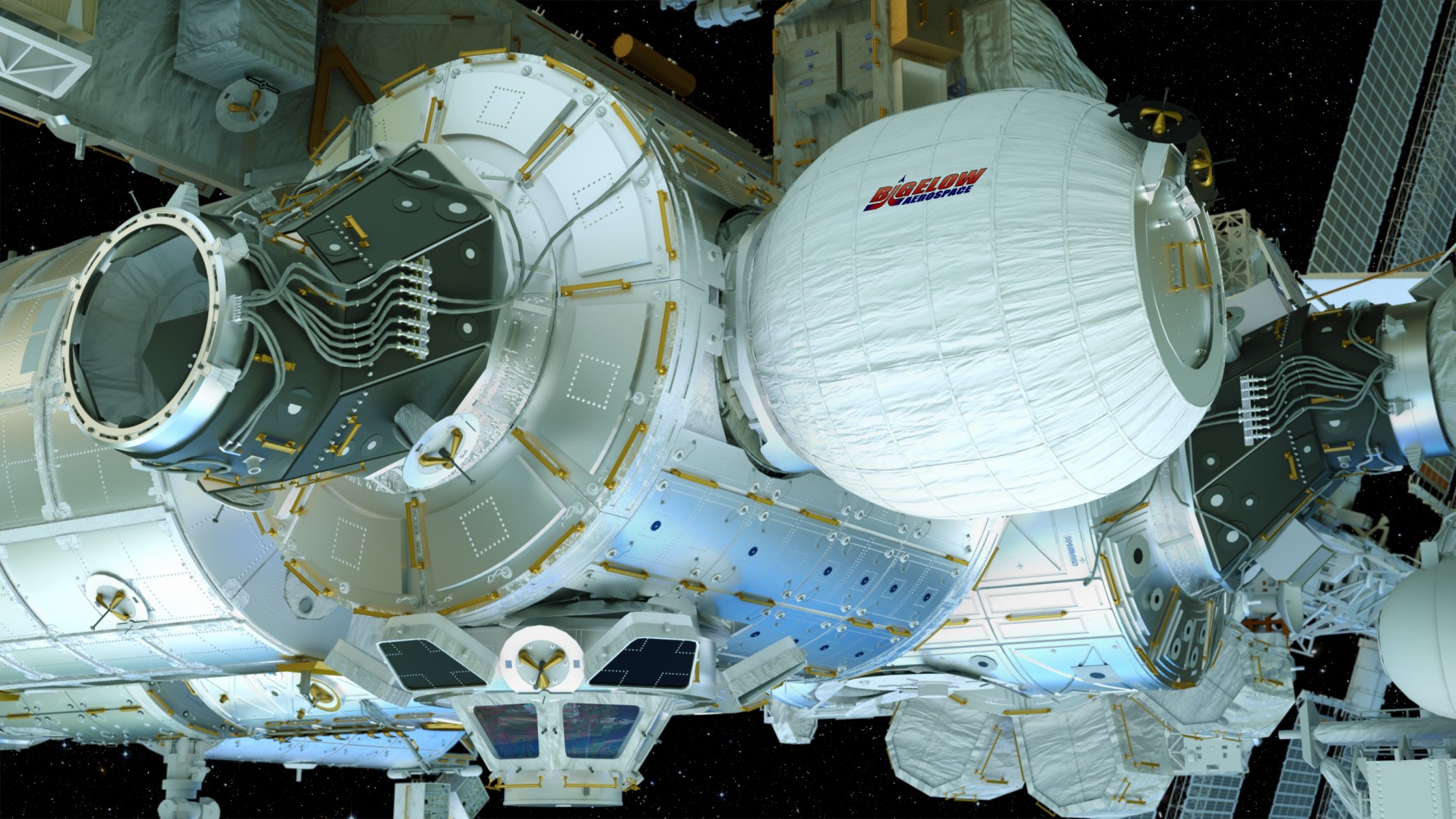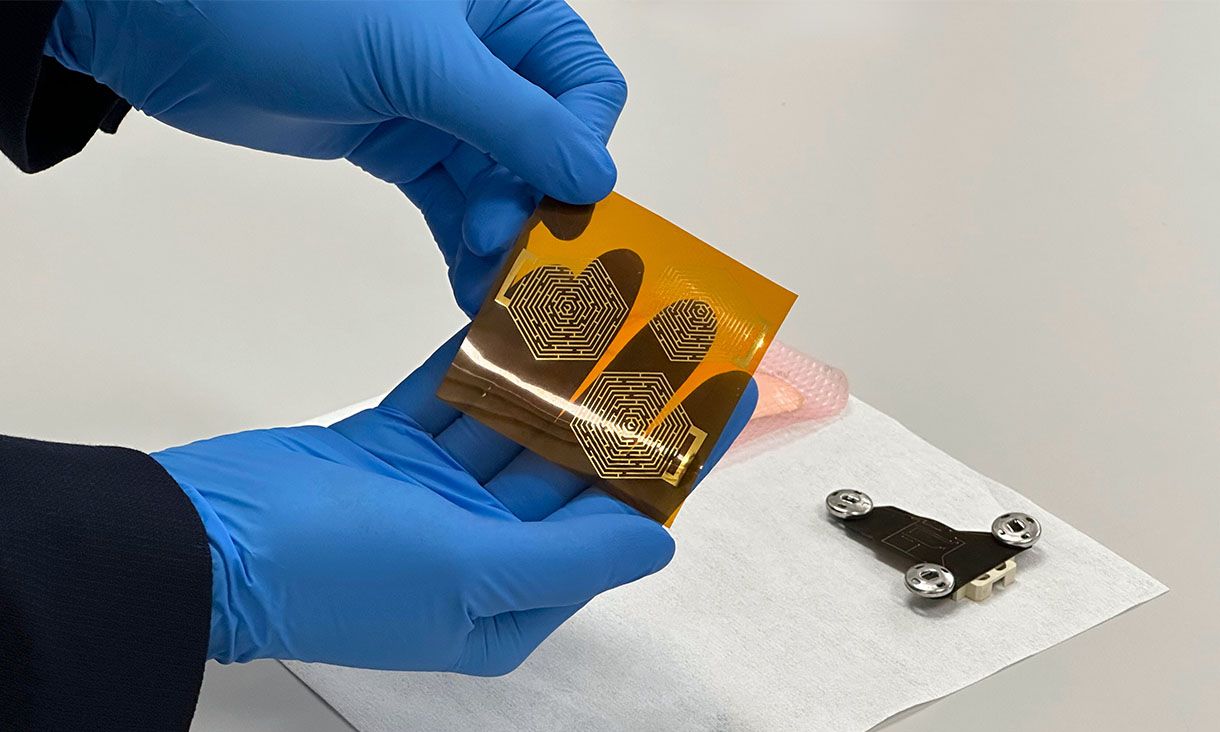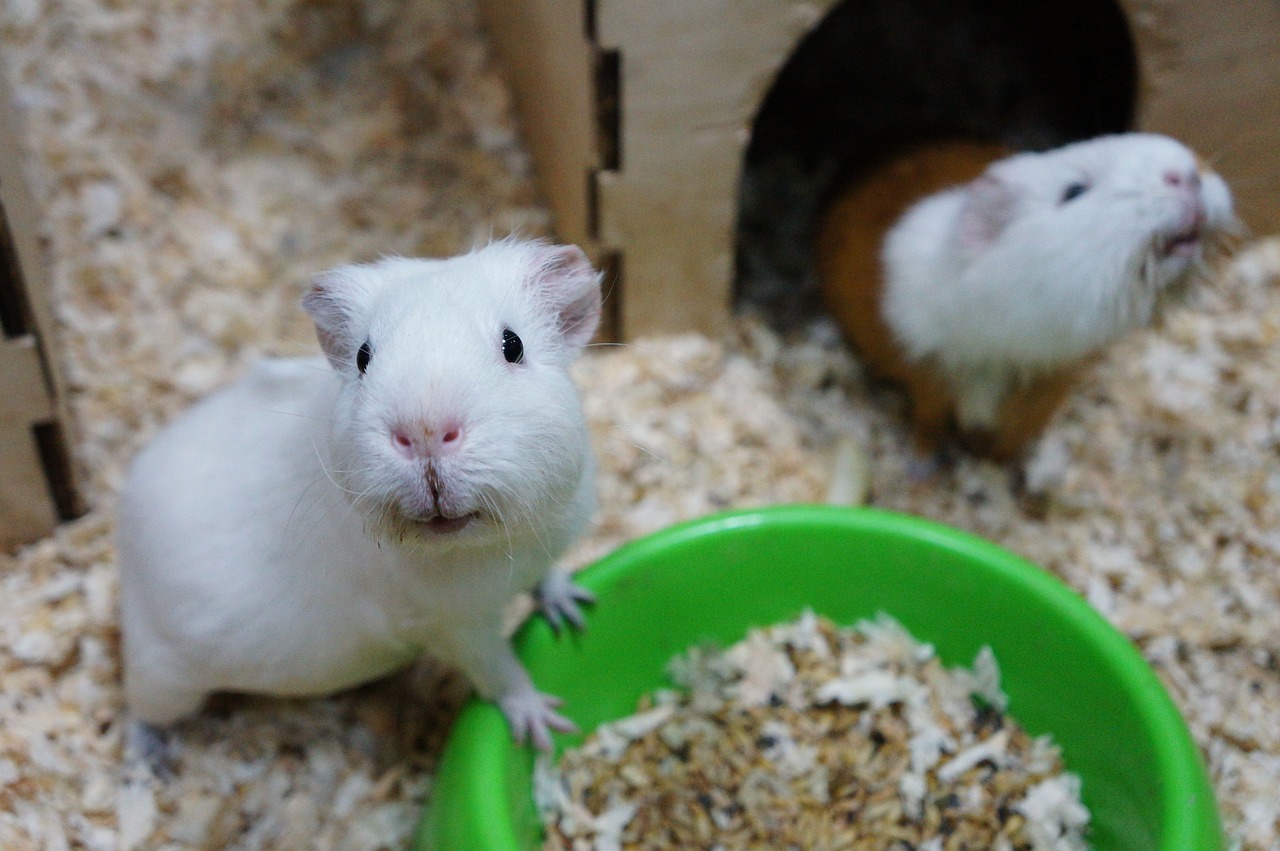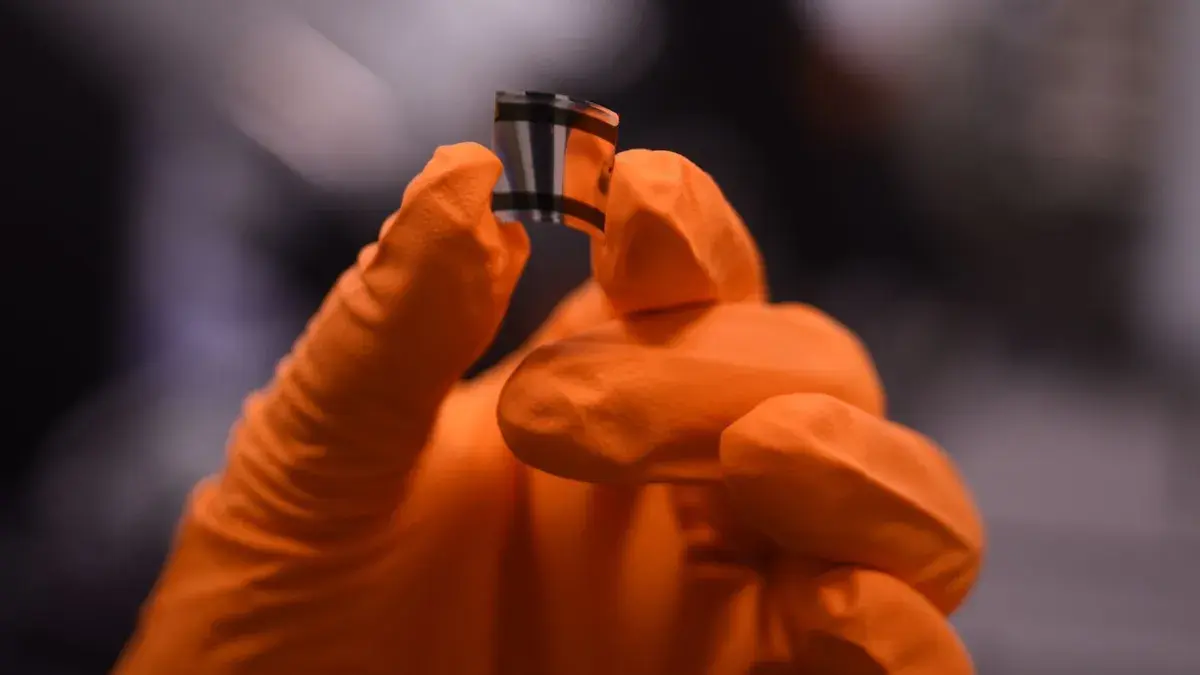The Bigelow Expandable Activity Module (BEAM) is an inflatable space room for astronauts in orbit. The BEAM is developed for NASA by the Las Vegas-based Bigelow Aerospace. It can be reduced to nearly one-fifth its inflated size by folding it like a parachute to easily pack it for a trip into space.
Recently, NASA successfully inflated this first ever expandable habitat. The BEAM is attached to the International Space Station. The fully inflated BEAM module is 13 feet (4 meters) long and 10.5 feet (3.2 m) wide.
It took NASA astronaut Jeff Williams more than seven hours to inflate the beam by feeding the module with short bursts of air through a manual valve. During the process, he heard sounds like popping popcorn as the round module expanded to its full size.
This successful experiment has demonstrated that expandable habitats may replace the metal structures used to reside in space today. It has also paved the way for an era of space hotels in the future.
It will remain on the station for two years. During this period, the space station crew members will enter this habitat several times but they will not occupy the habitat full time. After two years, the habitat will be released from the space station and fall towards earth where it will burn up in the atmosphere.







